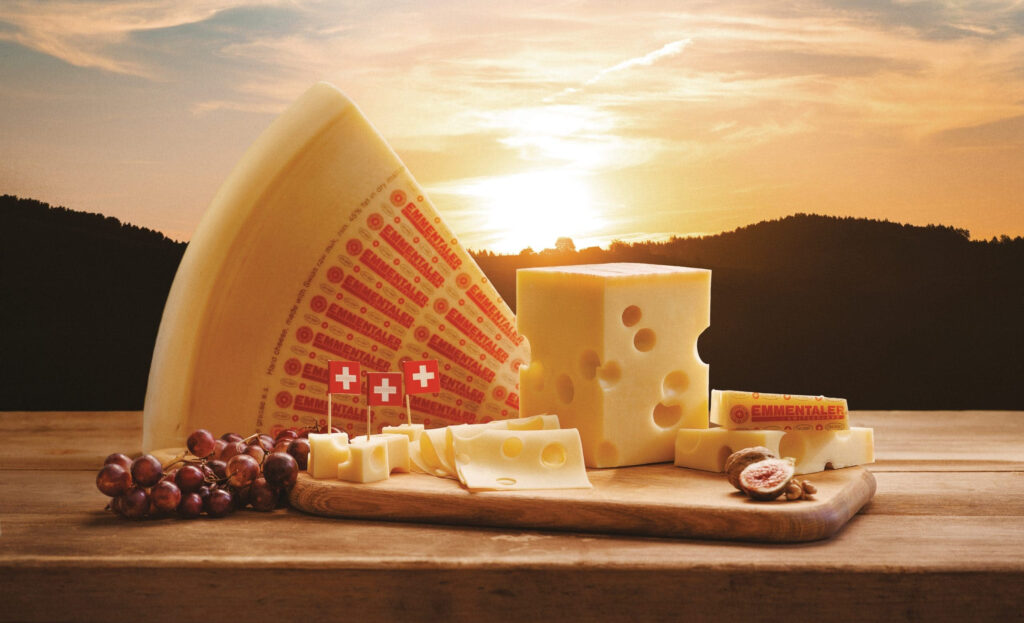
A bizarre dispute has broken out over the holes in Emmental cheese. But this time the officials are the traditionalists and not the Swiss farmers.
Human progress is threatening the holes in Swiss Emmental cheese.
Because improved milking technology and high standards of hygiene during milking mean that the natural hay particles are increasingly missing from the milk, there are fewer and fewer holes in Emmental cheese.
Maintaining the typical appearance
Swiss cheese manufacturers therefore want to add the natural additive hay flower powder during production.
Simply put, they want to artificially add the missing dirt in the milk, which causes the typical holes in the cheese.
This is essential for the traditional product with its typical appearance, according to a bizarre legal dispute before the Swiss Federal Administrative Court.
Originality is important
Officials at the Federal Office for Agriculture (FOAG) objected to the addition of hay flower powder.
But the cheese producers did not take this lying down and took legal action to have the specifications for production extended to include the possibility of adding hay flower powder.
An appeal by Emmentaler Switzerland has now been upheld by the Federal Administrative Court, as was announced on Friday.
The court found the evidence submitted by the variety organization to be sufficient and the impact on originality and marketing to be appropriate.
39 cheese dairies closed
The FAC ruling shows how bizarre the arguments can sometimes be in court. For example, the holes in Emmental cheese are Swiss cultural heritage and should be preserved.
In 10 years, 39 cheese dairies had been closed due to insufficient cheese quality. Hay flower powder is currently the only and best solution against the disappearing holes.
Emmentaler (GUB) does not become a standardized industrial product through the addition of hay flower powder.
The federal judges did not accept the counter-argument that the decreasing number of holes in the cheese could be corrected with “controlled” or reduced milk filtration.
Dirt is the holey grail
The typical holes appear during the maturing of the cheese wheels in the fermentation cellar.
The natural propionic acid fermentation caused by bacteria in the cheese dough produces carbonic acid gas. This gas collects in the holes formed by the hay particles in the cheese dough.
If the milk is too clean these days, the producers can help out a little.
12.04.2025/kut./ena.





